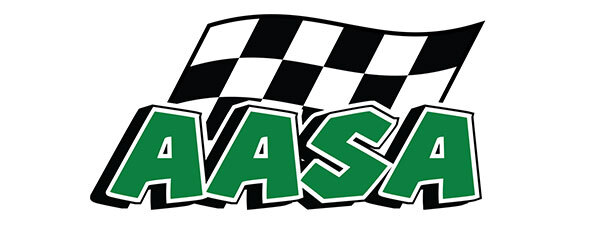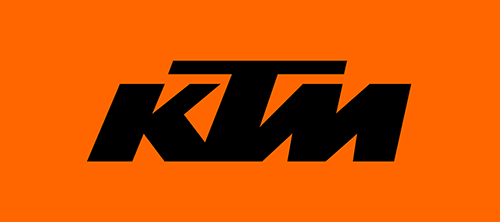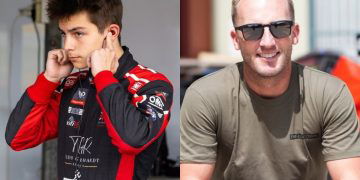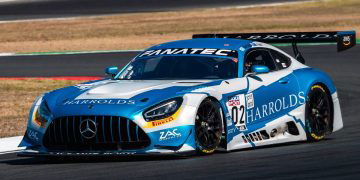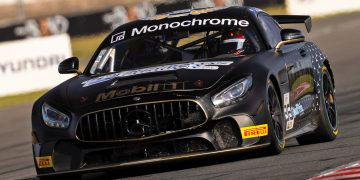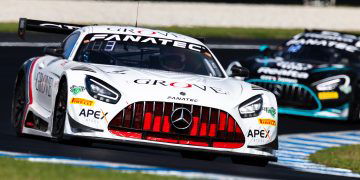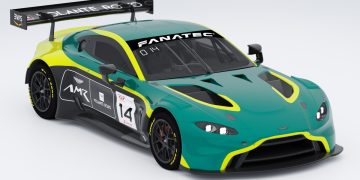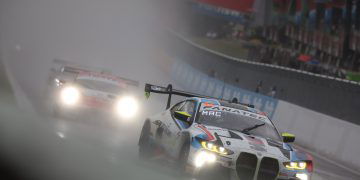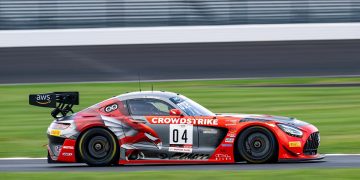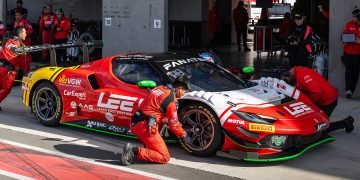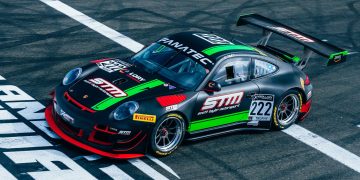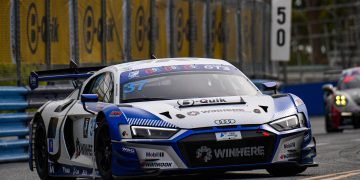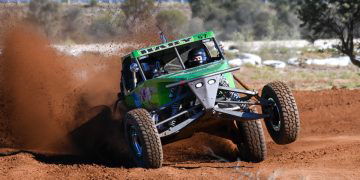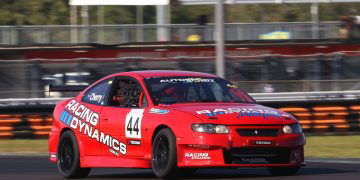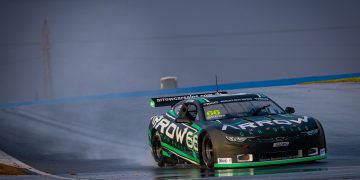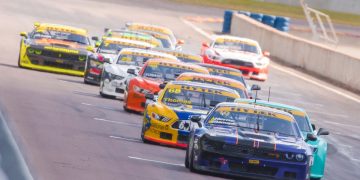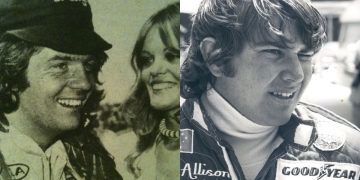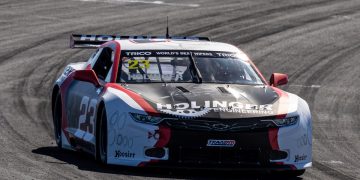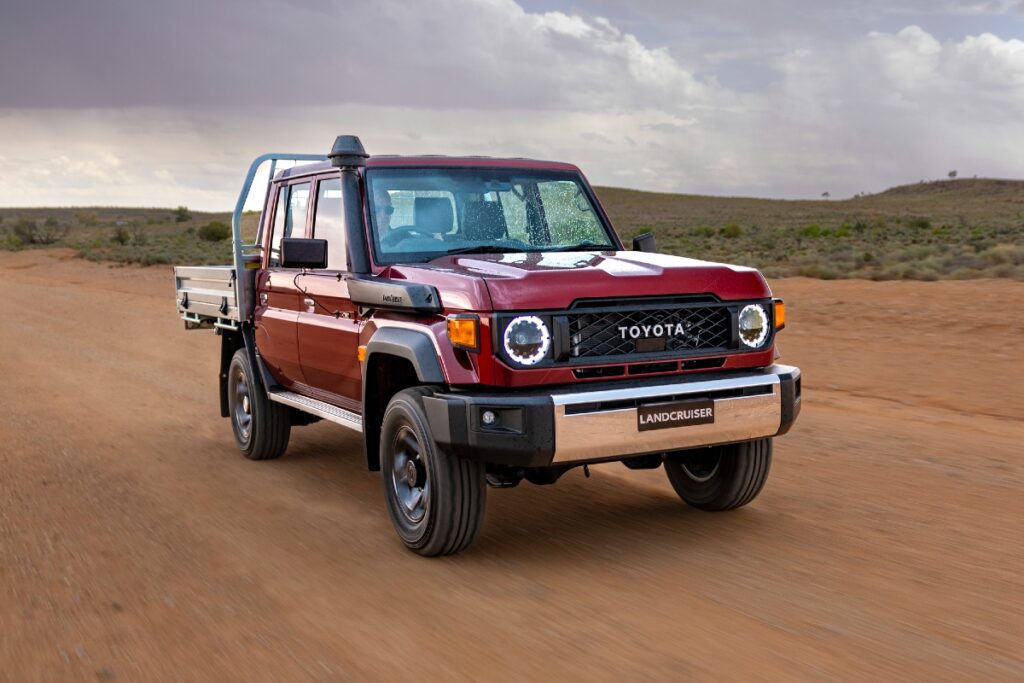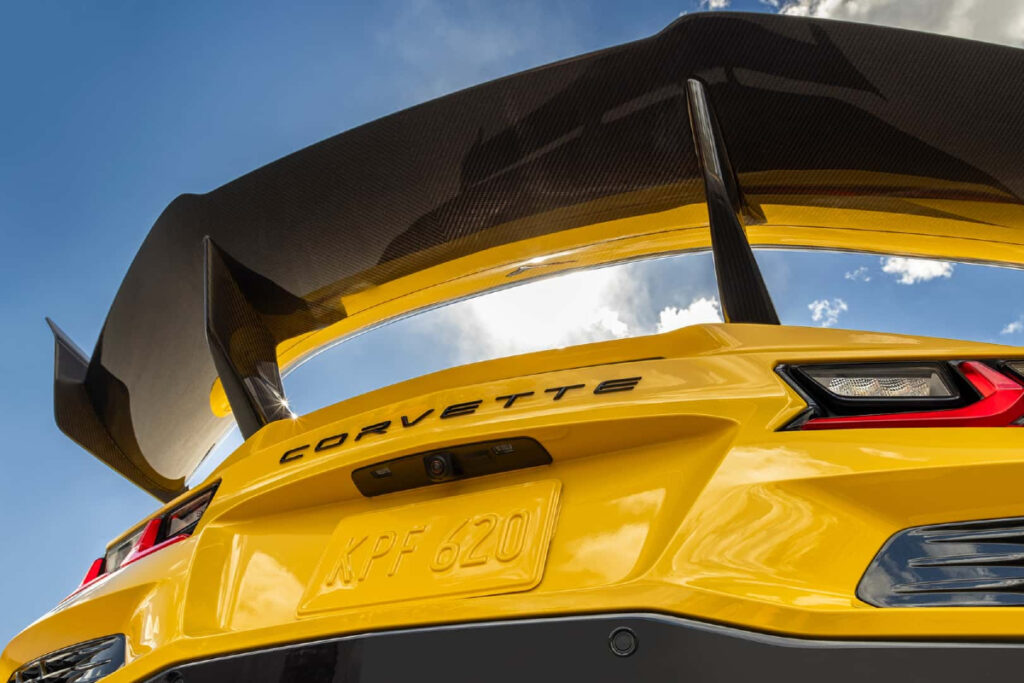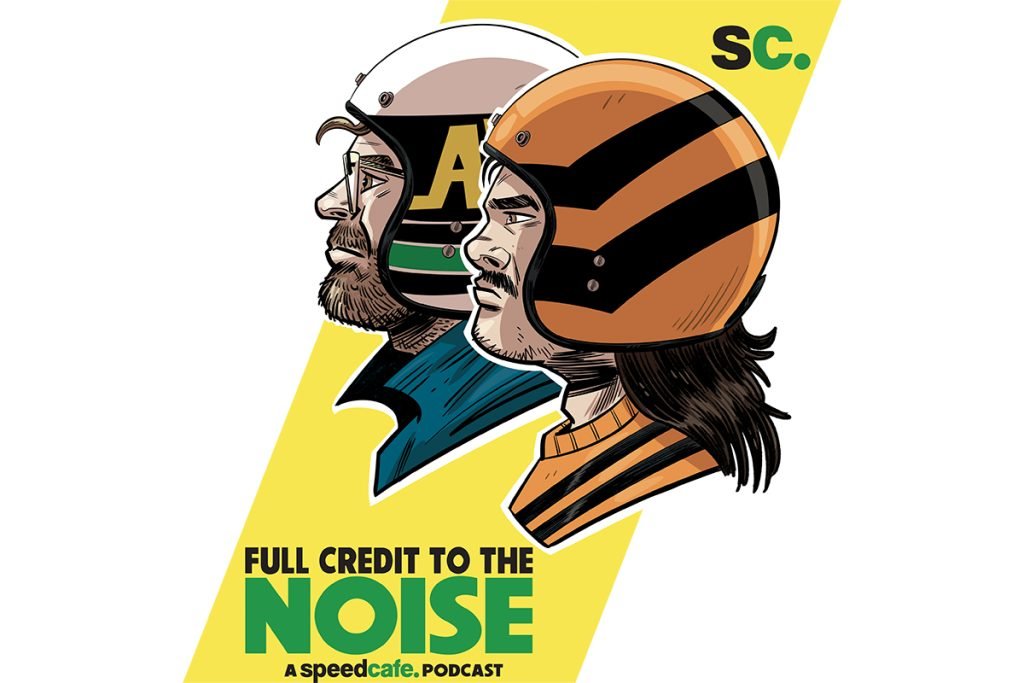
Supercars head of motorsport Adrian Burgess says the Gen3 specification Supercars will have even more of a road car resemblance than initially planned.
Last month Burgess indicated the next-generation cars had taken on a new guise compared to the initial renders released in October last year.
Since then, little has been glimpsed into the aesthetics of the new-look Ford Mustang and new-for-2022 Chevrolet Camaro.
What is known is that the lion's share of panels from the road-going car will be identical to those used on the new Supercars, albeit made of composite materials.
It has been well documented the incumbent Gen2 specification Ford Mustang bears very little resemblance to the road-going version.
That's largely due to the two-door silhouette being stretched over a chassis initially designed for a four-door platform.
While Burgess wouldn't be drawn on what specific areas of the Gen3 cars looked more road car-like, he said delays in the project had allowed more manufacturer influence in the aesthetic appearance of the car.
“I'm not going to give you the areas of the car but as you'd understand, when you start off with an aero programme you give the manufacturer some guidelines; the heights of certain pieces of bodywork, clearances, wheel arch openings, things like this,” Burgess explained.
“You give them the guidance on what we believe the rulebook should look like but this is early in the piece and those guys come back and say, ‘Well this is the car we're looking at, we'd like to incorporate a little bit of this and styling in this area which represents closer to the road car than our current cars', for example.
“We sit there and we talk with them and we say, ‘Well yeah, we need to move our guidelines to be able to accommodate more road car styling and DNA in our race car'. So we have moved our initial set of guidelines to accommodate more road car styling.
“And is it important? Of course it is. It's important for the customer, it's important for the manufacturer. They want these cars to look as close as they can to the road car.
“We're trying to be very inclusive and develop the rules and the guidelines in conjunction with our manufacturers and the teams.
“That's maybe where we have allowed our timelines to move to allow a more inclusive collaboration with all of these guys so we have got a better product.”
Burgess believes Supercars fans will like what they see when the car does eventually debut later this year.
“You're not going to mistake which car is which,” Burgess added.
“You'll see a lot of the styling cues you see on the road car transform into the race car. Did they fit the original guidelines and some of the dimensional guidelines we put in place? No.
“That's an example of how our timeline has shifted back from the original timeline but we did it in the full knowledge that it will give us a car that looks better, looks closer to the road car and incorporate more of its DNA.”
Among the aesthetic differences from the Gen2 to the Gen3 car is the standardisation of a rear wing.
Like the current cars, a category-controlled wheel will be used. A 3D-printed version of the wheel was doing the rounds at the Darwin Triple Crown.
Although photographing the wheel was not allowed, Speedcafe.com got a glimpse of the new wheel which is strikingly similar to the wheel which was released in initial renderings.
Side skirts will be shorter to accommodate for a shorter exhaust which will exit just behind the front wheels as opposed to exiting near the rear wheels as has been customary.


